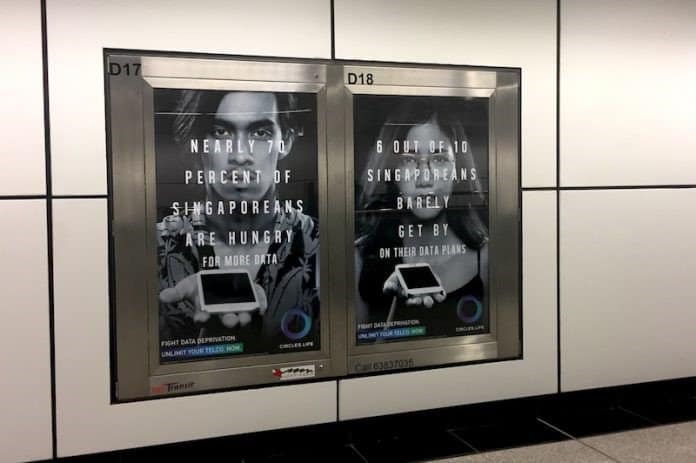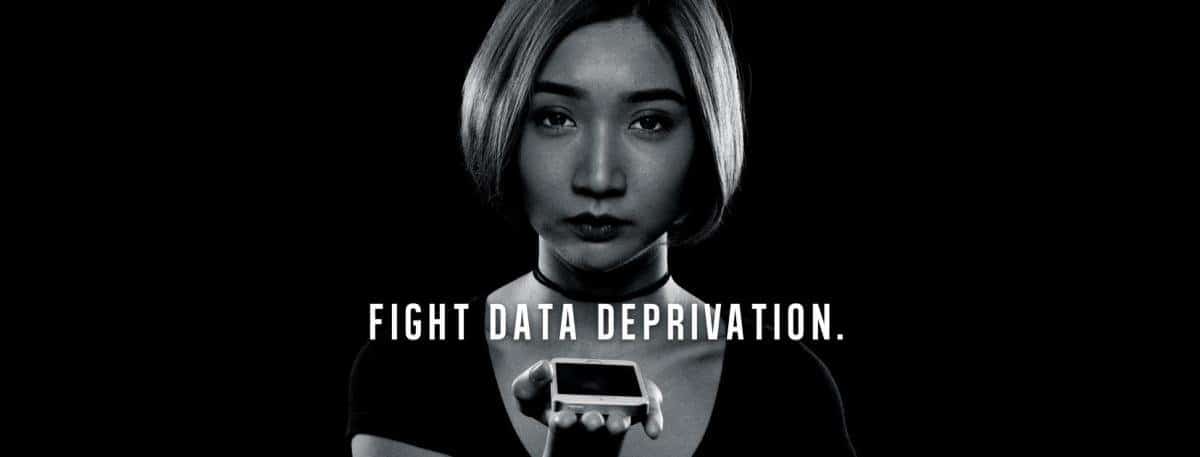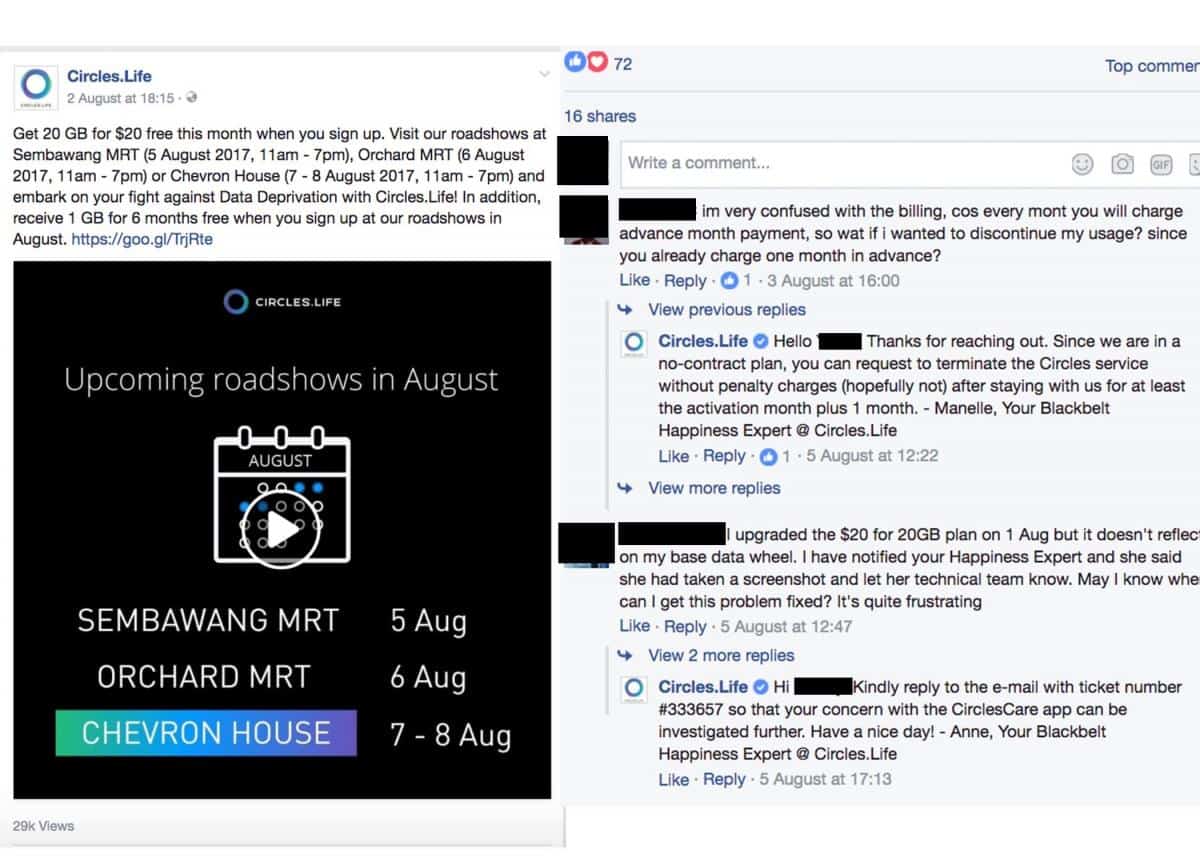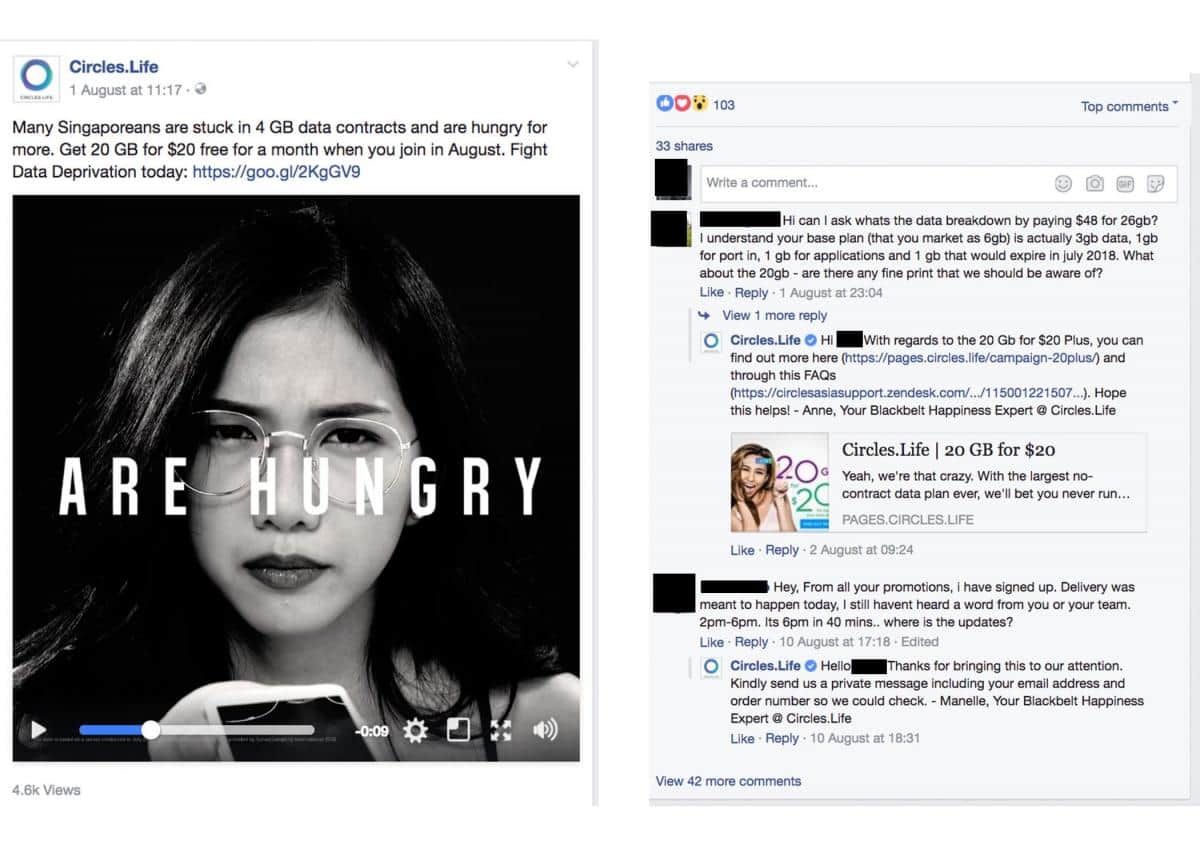It seems that in Singapore, controversial advertisements are becoming quite the norm.
It seems that in Singapore, controversial advertisements are becoming quite the norm.
In the days preceding this year’s National Day, the unfortunately-named Maki Kita promotion by Maki San generated quite a bit of buzz. Likewise, a couple of months ago, a Pink Dot banner that was hung in Cineleisure also caused a slightly bigger stir online.
Right on schedule, Singapore’s next advertising controversy has arrived, and it comes in the form of an outdoor advertisement by a local telco, Circles.Life.
On 13 August, local netizen Hazirah Mohamad posted a rant on her Facebook page about Circle.Life’s latest advertising campaign which has been displayed at bus stops and MRT stations all around Singapore, and online on their Facebook page.
In her post, she raised the issue of how the telco “juxtaposed” poverty and world hunger with what can clearly be seen as a first world problem”, and called for the ads to be taken down.
Looking at the ad, it’s not hard to argue against Hazirah’s understanding of the advertisement. Quite obviously, it does seem to intentionally use the context of world hunger to push its message for its attractively affordable mobile data plans.
However, before pitchforks are sharpened and angry petitions are made, let’s take a step back and look at the meaning of this advertisement with perhaps some cooler and calmer heads.
What’s In An Advertisement
First, let’s understand how an advertising campaign works. Behind every poster and television commercial you see, there is always a plan.

Think of the plan as the skeleton of a campaign, without it, it all falls apart. The plan contains plenty of important information that determines the success of an advertisement. For example, it tells clients and advertisers where an ad should be placed, what kind of tone it should carry, and how it should be executed, among other equally important things.
Above all, it serves a key message – a straightforward statement that calls to action what a company wants to achieve, such as for example, higher sales, a better brand image, or awareness of a product.
So, what is Circles.Life’s likely key message here?
While I can’t read the minds of the agency responsible – which was ad agency VML by the way – I am probably guessing that Circle.Life’s primary message was that Singaporeans suffering from a lack of mobile data can solve that problem by subscribing to Circle.Life’s mobile data generous plans.
Instead of plastering the typical “Hey, need more data?” slogan, they decided to draw on a serious, legitimate social issue to serve this message.
The visual elements from their campaign, which has been displayed both online and outdoors, seem to support it. The models on the ad are dark and moody, used to illustrate the “first world sadness” that arises when you don’t have enough mobile data.

The text – which was arguably the controversial part – draws on the familiarity of world hunger and deprivation advertisements that we see ever so often to further put across that key message.
So yes, Hazirah’s concerns are not entirely wrong. Circles.Life is using the context of a serious global problem and purposely drawing on the emotions surrounding it to sell their product.
That perhaps places the poster in slightly bad taste. Think of it as the equivalent of placing Hitler in those famous “Got Milk” advertisements. It kind of works, but it also kind of makes you feel uneasy about the entire thing.
Taking It Too Seriously?
Although the advertisement’s strategy is pretty clear to accept, we need to perhaps to re-look at how we should react to it.
When approached, the telco declined to comment on the issue, and instead thanked netizens for their “feedback”.
It’s easy to understand that reply, as the response to their posters was surprisingly quite well received. A quick glance at the campaign’s related posts – which began on 1st August – on their Facebook page revealed mostly enquiries and feedback on their services.


So it seems that despite Hazirah’s concerns, the everyday Singaporean seemed nonchalant about the deeper issue, and that is an interesting reaction. While the advertisement made some of us feel uncomfortable, is being uncomfortable really such a bad thing?
The advertisement is edgy and controversial, but perhaps that is a good sign for advertising.
It is almost a predictable trope that Singaporeans online love to fight for a more liberal media and to complain about the lack of freedom of speech. However, they also often forget that advertising is also part of that media.
The fact that this advertisement made it past the strict censors of the Media Development Authority of Singapore (MDA) suggests that beyond certain OB markers, they are beginning to dull their scissors a little bit.

Don’t forget, this was the same MDA which banned a topless male banner from Abercrombie and Fitch back in 2011, and censored part of a Les Miserables production for an unscripted kissing scene last year.
Of course, both incidents were related to sexual themes, which is a very clear no-no in MDA’s books. Outside of that, there seems to be more leeway in regards to other controversial issues, and maybe we shouldn’t push the boundaries that they can already operate within.
This is because instead of having to see the same boring and politically correct advertisements all the time, campaigns like the one Circles.Life put forth are a refreshing change of scenery.
With the right discretion, it can make the advertising game more competitive and exciting and allow these agencies more creativity in conceptualising messages and ideas.
We also often forget that advertising is an art, and it takes time, effort and most importantly, a space for something good to be churned out.
Also, as stated earlier, our media landscape is already constrained as it is, and we should perhaps try to avoid adding more to the list of OB markers in Singapore.
If every edgy ad was pulled because of a few unhappy complaints about a social issue, you send the message to agencies and their clients that a controversial, outside of the box approach to advertising is not the way to go.
When that happens, you’ll be seeing the same old straightforward cookie cutter ad being shoved in your face everyday. Trust me, that’s a real issue because studies have shown that we actually subconsciously consume at least 5,000 ads a day.
So, if I’m going to have thousands of advertisements shoved in my face daily, I’d rather have one that was unique and intriguing, and not something that would put me to sleep.



















